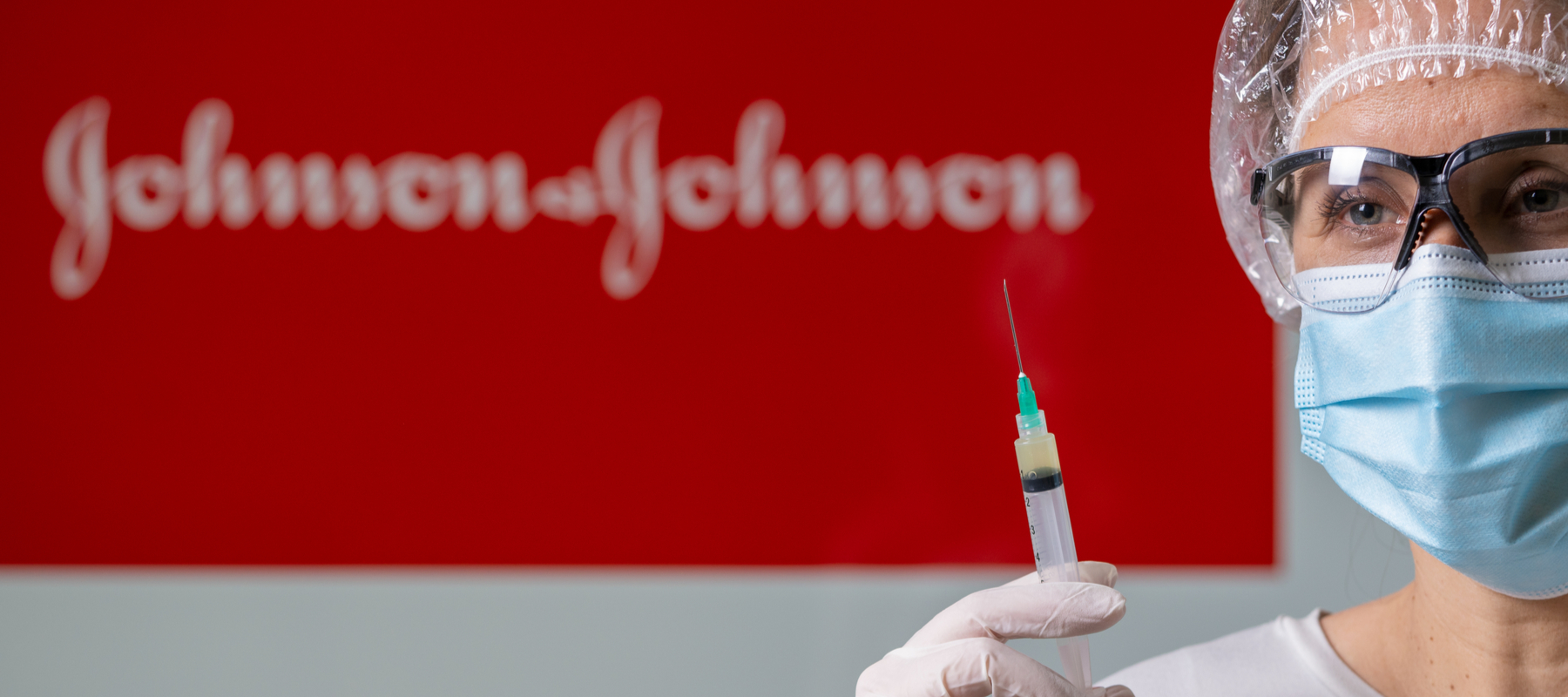The recent pausing of the Johnson & Johnson vaccine rollout has unfortunately stirred some controversy in the media and among the public for a vaccine which, warranted or not, is already no stranger to negative publicity. While the public’s concerns about the vaccine’s safety are certainly understandable, they are being exacerbated by sources of misinformation which are exploiting this event to stoke fear. Johnson & Johnson is working with the FDA and the CDC to investigate the rare, isolated incidents of blood clots, and a CDC panel recently recommend that the U.S. resumes the use of the vaccine. However, it’s likely many people will still have their concerns, but healthcare leaders of all stripes, working in a variety of medically related fields, can play an important role in easing public anxiety over a vaccine that has robust science behind it and has already been shown to be safe.
J&J’s PR Challenge
Part of the challenge, of course, is that Johnson & Johnson has recently made a somewhat puzzling move that has not helped an already tricky situation. In a recent media statement, the company stated that blood clots were found to occur in rare instances with the Pfizer and Moderna vaccines as well, citing a study which supposedly documented these incidents. One of the study’s co-authors issued a counter-statement stating that her study found no such thing, and that the researchers “didn’t find any of those scary things that are happening with Johnson & Johnson.”
Both statements are potentially concerning—one because it isn’t true, the other because it uses language (i.e., “scary things that are happening”) which could further alarm a public that is already unnecessarily worried. When the risk of contracting COVID-19 and dying from it are far, far greater than the risk of developing a blood clot from the Johnson & Johnson vaccine—and indeed when the risks of blood clots from other medications that people regularly use without a second thought are also far greater—it’s of paramount importance that people continue getting vaccinated if we are to reach the herd immunity that we all wish to see.
Putting aside this latest PR kerfuffle, the fact remains that the Johnson & Johnson vaccine has been rigorously tested, is held to the same stringent standards as the Pfizer and Moderna vaccines, and has been found to be safe. The pausing of the rollout is out of an abundance of caution and is not expected to last long. Moreover, it is a sign of our safety systems working, not failing.
What Can HCPs Do to Help?
What healthcare leaders can do to help at this time is to continually reassure people of the safety of this vaccine and point to the science while being sensitive and mindful of the kind of language they use so that they don’t end up unintentionally stoking fear (e.g., “scary things that are happening with Johnson & Johnson”). Since fear is an emotional response that reason alone may not be effective against, such reassurances must also be backed by positive behavior modeling.
Toward that end, healthcare leaders must of course get vaccinated themselves and to emphatically encourage their healthcare workers and staff to also get vaccinated. When a third of nurses have said that they won’t get the vaccine and another third have expressed uncertainty, this does not inspire strong confidence among the public. Healthcare leaders must therefore do everything they can to have their organizations model the behavior they wish to see among the public.
How Can J&J Help its Own Cause?
Healthcare leaders within Johnson & Johnson can also help. Rather than erroneously bring the Pfizer and Moderna vaccines into the picture, thus triggering the backfire that it has, it can focus more on positive messaging that emphasizes the safety of the vaccine and the advantages that it offers, such as only needing a single dose and not requiring cold storage before the vials are opened.
In fact, the company could take a page out of its own historical playbook. In 1982, when a series of Tylenol poisonings in Chicago induced a widespread panic, Tylenol paused all advertising of the product and spared no expense in mounting a nationwide recall, subsequently switching to tamper-proof packaging which soon became the industry norm, and all the while stressing its credo of putting the needs and well-being of the people they serve first. Johnson & Johnson’s response is still widely viewed today as a case study in masterful PR combined with corporate social responsibility.
By voluntarily delaying the rollout of their vaccine in Europe, as well as pausing their clinical trials in which two doses of the vaccine were being used instead of just one, Johnson & Johnson could evoke the same kind of ethos that characterized their response to the 1982 Tylenol scare, which bolstered their reputation as an organization that genuinely prioritized public health and safety.
Despite the progress we have undeniably made in the war against the COVID-19 pandemic, a lot remains to be done, especially with infection rates rising again in recent weeks. Whether they are working in the pharmaceutical industry, in hospital settings, or in government and public health organizations, healthcare leaders can do a lot to alleviate the public’s anxieties, to prevent misinformation from getting out of hand, and to inspire the staff who work for them to model the desired behavior so that we can all go back to the pre-pandemic lifestyles we yearn for sooner rather than later.








